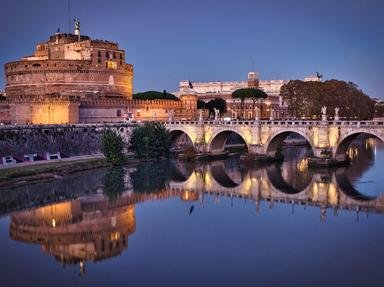
A Brief History of Time BC Trivia Quiz
Let's see what you know about mankind's early history! Can you put these events in the correct chronological order? Good luck!
An ordering quiz
by ponycargirl.
Estimated time: 3 mins.

| What's the Correct Order? | Choices |
| 1. (c. 230 million years ago) | The North American Great Lakes are formed |
| 2. (c. 3.3 million years ago) | The Minoan civilization is destroyed |
| 3. (c. 10,000 years ago) | Paleolithic hunters knap stone tools |
| 4. (c. 3,000 BC) | Tin and copper are mixed to make bronze artifacts |
| 5. (c. 2570 BC) | Cheops builds the Great Pyramid |
| 6. (1450 BC) | Nebuchadnezzar II builds the Ishtar Gate |
| 7. (776 BC) | Julius Caesar completes the conquest of Gaul |
| 8. (c. 575 BC) | The Olympics begin as an alternative to war |
| 9. (c. 220 BC) | King Zheng of Qin begins building walls in China |
| 10. (50 BC) | Dinosaurs roam the earth |